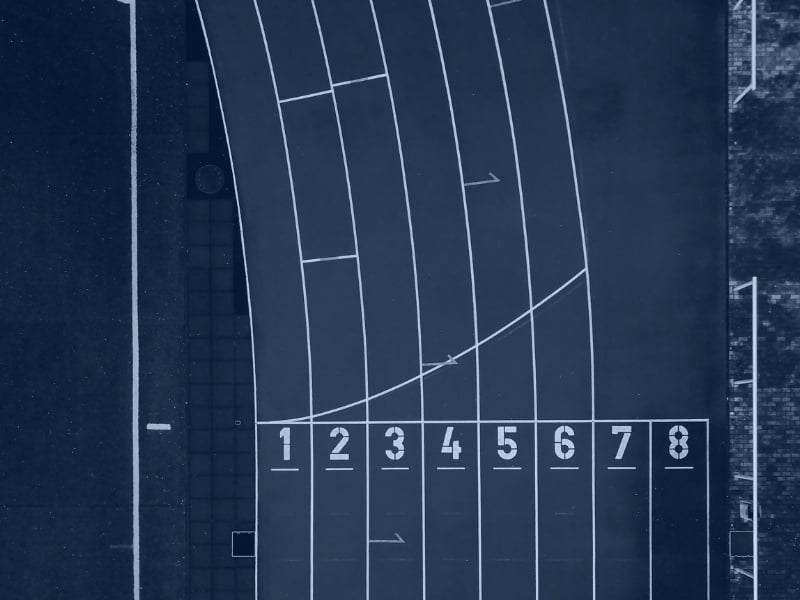We are continuing our column on the different tools that will help you improve your project management practices. Today, we are going to focus on calculating the earned value of a project.
This article will help you understand what the earned value of a project is, why project managers should calculate it and how to apply this methodology in Excel.
What Is The Earned Value Of A Project?
Earned value (EV), also known as Budgeted Cost of Work Performed (BCWP), helps project managers measure a project's performance. It's the relationship between the budget and the percentage of completion of a project. It is a method used to calculate the health and status of any project by taking time and cost into consideration.
Earned value can be computed this way :
Eearned Value = Percent complete (actual) x Task Budget.
For example, if the actual percent complete is 50% and the task budget is $10,000 then the earned value of the project is $5,000, 50% of the budget provided for this project.
So, EV = 50% x $10,000= $5,000
After applying this method, the project manager should know whether the project is behind or ahead of schedule and whether the project is under or over budget.
What are the main components?
Earned Value management is a project management classic that began in the 1960s with the US Air Force. Another project management tool that was also inspired by the military is VUCA.
There are three important indicators to keep in mind when calculating the earned value of a project:
1. Earned value represents the amount of the work that's actually completed. It's the value the project has produced. It will allow you to compare the work that has been completed with the planned costs of your project. This calculation will allow you to objectively and quantitatively measure the success of your project.
As mentioned earlier here is the formula to calculate the earned value:
EV = Percent complete (actual) x Task Budget.
2. The planned value also known as Budgeted Cost of Work Scheduled (BCWS) is the amount of the task that is supposed to have been completed.
Here is the formula:
PV = Percent Complete (planned) x Task Budget
Let's say that our task budget is $ 1,000 for a project that must last 5 days. On the 4th day, your planned value will be equal to $ 800. This amount refers to your task budget divided by the number of days required to complete it and multiplied by the progress of your project which is in this case 80% (4 out of 5 days).
So, PV = 80% X $1,000 = $800
3. The third indicator is actual cost, also known as Actual Cost of Work Performed (ACWP) is the actual amount of money that has been spent for the work completed by a specific date.
AC = Actual Cost of the Task
In the example above, we have a budget of $1,000 to complete a project in 5 days. On day 4, there is $ 750 of actual expenses incurred. The actual cost corresponds to $ 750 while the planned value remains at $ 800.
Remember, these indicators must be interdependent. It is their relationship that will help you better manage your projects.
Why should we measure it?
The different aspects of the earned value will help you identify gaps in your project planning giving you the opportunity to take corrective actions early on.
Here are the main benefits of measuring the earned value of a project:
- Allows you to act quickly
To ensure all of your projects are successful, you will have to identify early on in your project life cycle the differences between actual costs, planned costs and the earned value.
How you say? Once a gap is identified, you will be able to prioritize your tasks more easily and gain more efficiency in the execution phase of your project. This is indeed the heart of the earned-value analysis: giving you the means to track your projects more efficiently. On top of your pre-mortem and post-mortem analysis, you will have a more operational view of your project.
- Improves productivity and communication
The earned value calculation provides even more insight than normal project tracking. It ensures that every project manager is where they want to be in the project before even getting there.
It helps project managers gain greater visibility and control over all the project's activities making it easier and faster to achieve project objectives and sticking to the timeline. It also helps improve communication between the project manager and the project stakeholders because it provides clear communication of all the activities involved in the completion of the project.
- Allows you to take a step back
Earned value can stir you in the right direction.
You will be able to easily identify the periods where you have exceeded your budget, the most time consuming tasks and the impact your stakeholders have on delays/deadlines.
Keep in mind that these are all lessons that will allow you to better calibrate your next projects and improve your overall understanding of any situation.
⁂